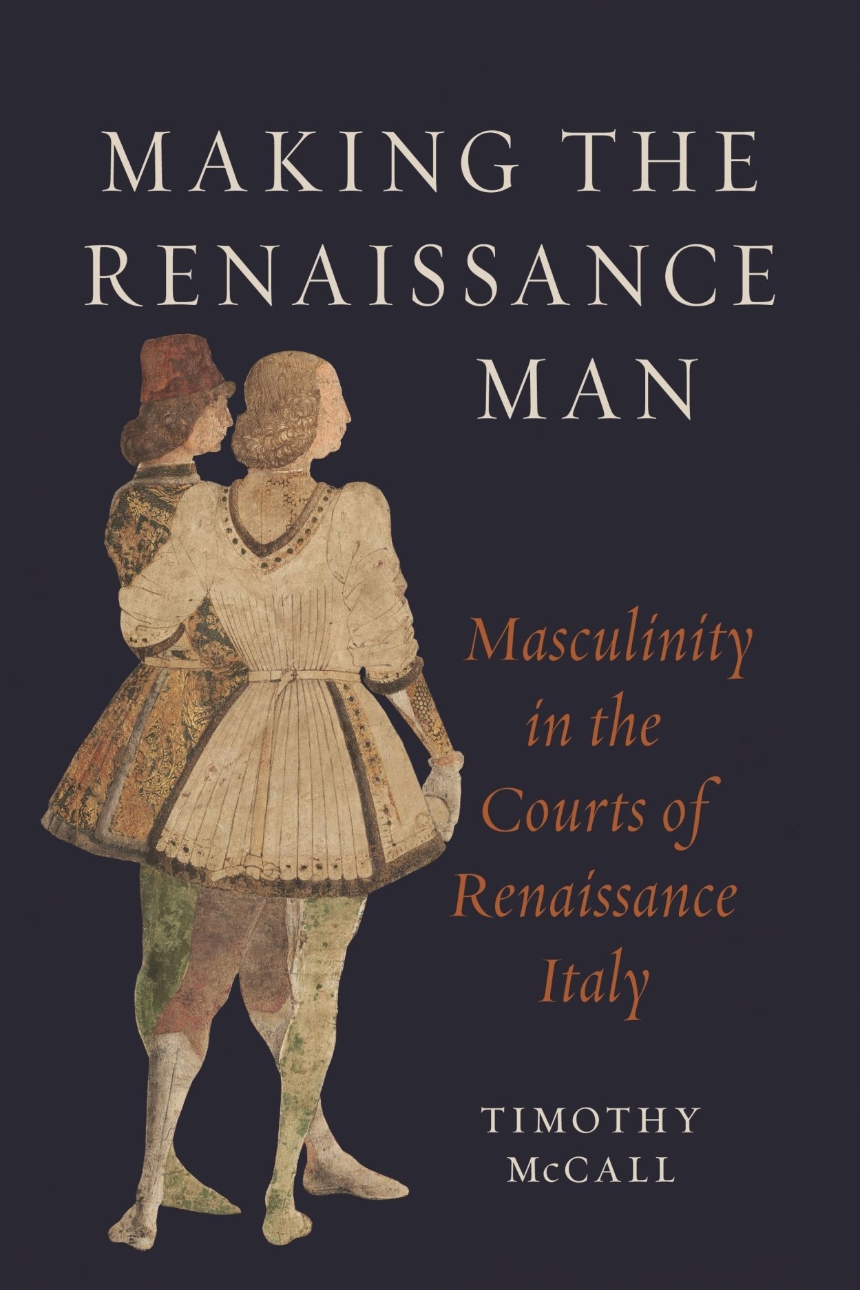9781789147858
9781789148145
Distributed for Reaktion Books
Making the Renaissance Man
Masculinity in the Courts of Renaissance Italy
Looking beyond the marble elegance of Michelangelo’s David, the pugnacious, passionate, and—crucially—important story of Renaissance manhood.
Making the Renaissance Man explores the images, objects, and experiences that fashioned men and masculinity in the courts of fifteenth-century Italy. Across the peninsula, Italian princes fought each other in fierce battles and spectacular jousts, seduced mistresses, flaunted splendor in lavish rituals of knighting, and demonstrated prowess through the hunt—all ostentatious performances of masculinity and the drive to rule. Hardly frivolous pastimes, these activities were essential displays of privilege and virility; indeed, violence underlay the cultural veneer of the Italian Renaissance. Timothy McCall investigates representations and ideals of manhood in this time and provides a historically grounded and gorgeously illustrated account of how male identity and sexuality proclaimed power during a century crucial to the formation of Early Modern Europe.
Making the Renaissance Man explores the images, objects, and experiences that fashioned men and masculinity in the courts of fifteenth-century Italy. Across the peninsula, Italian princes fought each other in fierce battles and spectacular jousts, seduced mistresses, flaunted splendor in lavish rituals of knighting, and demonstrated prowess through the hunt—all ostentatious performances of masculinity and the drive to rule. Hardly frivolous pastimes, these activities were essential displays of privilege and virility; indeed, violence underlay the cultural veneer of the Italian Renaissance. Timothy McCall investigates representations and ideals of manhood in this time and provides a historically grounded and gorgeously illustrated account of how male identity and sexuality proclaimed power during a century crucial to the formation of Early Modern Europe.
Reviews
Table of Contents
INTRODUCTION: Making Renaissance Men
CHAPTER 1: Chivalry and Courtly Masculinity
CHAPTER 2: Aristocratic Animals and Men at Court
CHAPTER 3: Courtly Mistresses: Representation and Power
CHAPTER 4: The Girl with an Ermine Between Men: Cecilia Gallerani, Leonardo da Vinci and Ludovico Sforza
CHAPTER 5: Borso d’Este and the History of Lordly Sexuality
REFERENCES
SELECT BIBLIOGRAPHY
ACKNOWLEDGEMENTS
PHOTO ACKNOWLEDGEMENTS
INDEX
CHAPTER 1: Chivalry and Courtly Masculinity
CHAPTER 2: Aristocratic Animals and Men at Court
CHAPTER 3: Courtly Mistresses: Representation and Power
CHAPTER 4: The Girl with an Ermine Between Men: Cecilia Gallerani, Leonardo da Vinci and Ludovico Sforza
CHAPTER 5: Borso d’Este and the History of Lordly Sexuality
REFERENCES
SELECT BIBLIOGRAPHY
ACKNOWLEDGEMENTS
PHOTO ACKNOWLEDGEMENTS
INDEX

